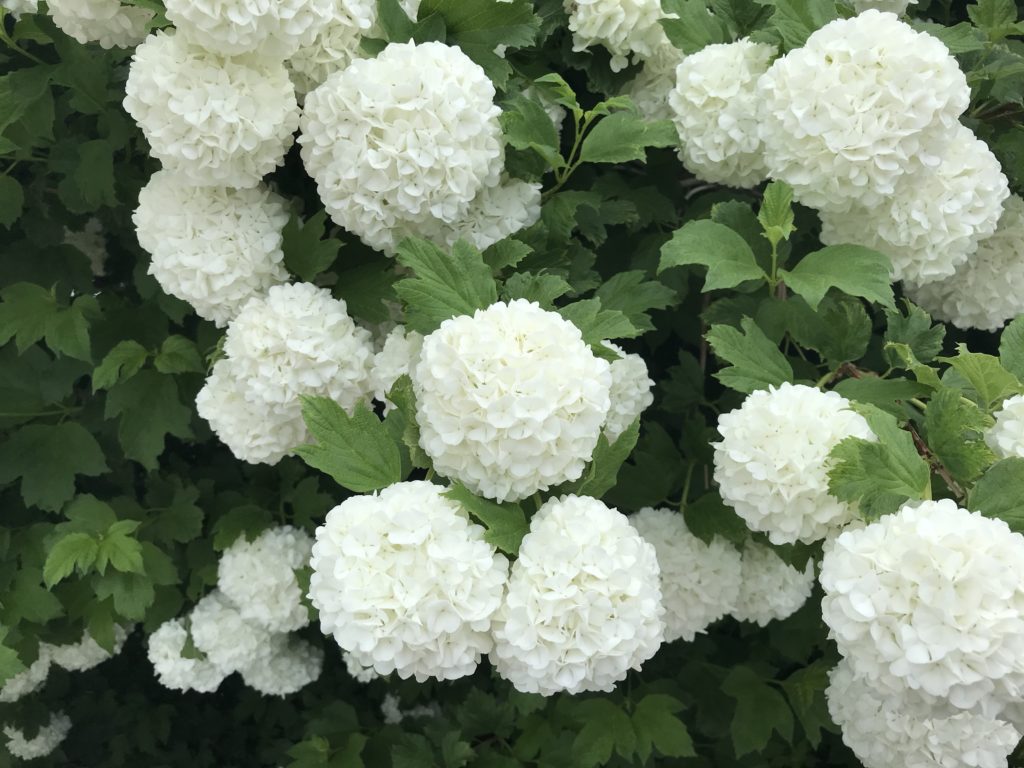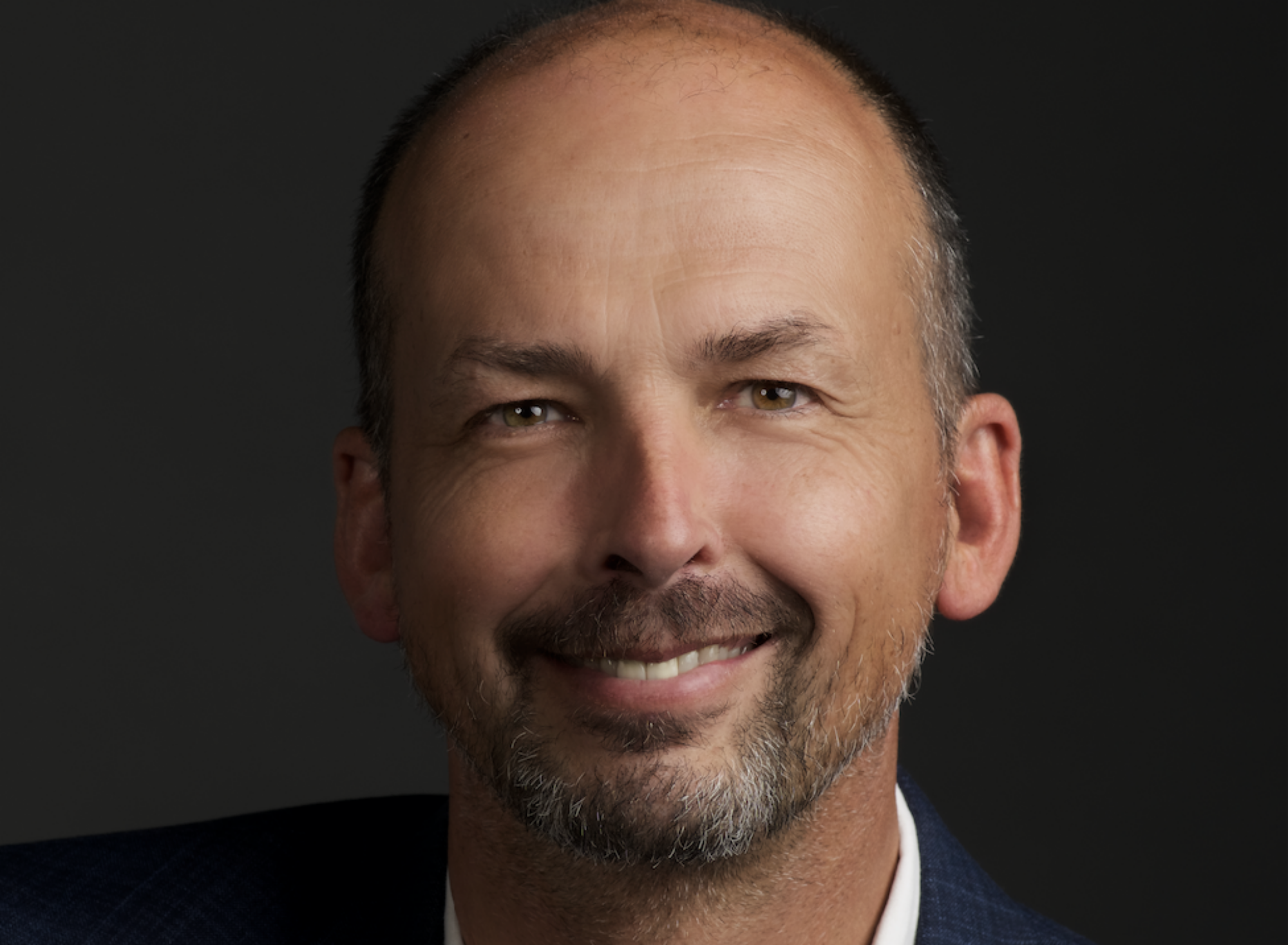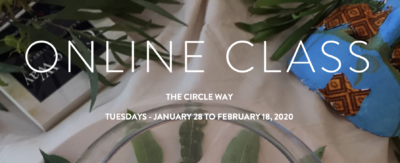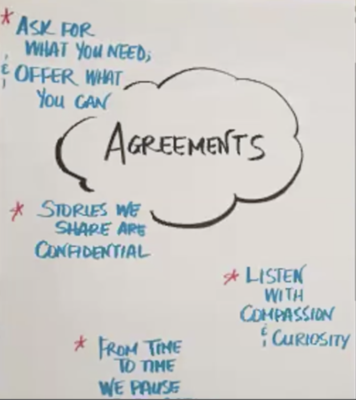
It’s true that I like these flowers for their roundedness. They are a type of hydrangea (snowball). The ones in this picture grow on bush near my home. I think there are near five hundred blossoms now. It’s impressive.
I’ve been thinking a lot about rounded things over the last weeks. I’ve been thinking a lot about circle. That’s not particularly new, but there is a new clarification that feels like it has been on the tip of my tongue in my circle teaches. I also have a group I’m working with that has asked for a four-week online program to learn circle. So, yes, roundedness.
It was for this four-week program, and with my colleague Quanita Roberson, that I began thinking about some clarifying points for circle. I was seeking one sentence on a few aspects of this beloved process methodology that goes so much beyond methodology into ways of being. I’m giving myself permission to dwell with the short descriptions that I shared with that group, and that became quite a powerful invitation for us all learning together.
1. The “what“ of circle is connection. People relate too connection. With a good friend. With family. With an idea. These are good stories to surface that create doorway into the essence of circle that is more than technique.
2. The “how” of connection (and circle) is container. There are some structural aspects of circle that are intended to help to “do” circle. It’s more than just moving the chairs. But it doesn’t have to be a lot more. The container is for growing presence that both comes from, and contributes to, a connection.
3. The “why” of circle is health and vitality. Healthy self. Healthy team. Healthy community. And sometimes health is synonym for learning. In the spirit of, “if you want a system (a group of people) to be healthy and in learning, connect it to more of itself.”
4. The “where” of circle is where you are. That may sound a bit cheeky, but I don’t intend it that way. I continue to learn that I can be circly anywhere. It is often in subtle ways. For example, I can be circly just by my orientation to a figurative center, that most often I will reference indirectly, or not at all.
5. The “when” of circle is, whenever. OK, that is a bit cheeky. In more detail, the when is when it is important to shift from social interaction to a more deliberate kind of listening and speaking that isn’t cross-talking banter.
I believe we live in a time when we must all get better at having difficult conversations. Or at having important conversations. Who are we now? Who to we choose to be now? What does that begin to look like in our shared behaviors?
I believe the times call for us to cultivate more kindness and consciousness together, to cultivate more flow and harmony with life itself. Yes, that is inherently messy. Yes, a pandemic has a way of surfacing these kinds of questions.
I believe we live in a time when we need to get more rounded in our instincts and in our expectations.
I’m glad that hydrangeas and good friends remind me of this.






